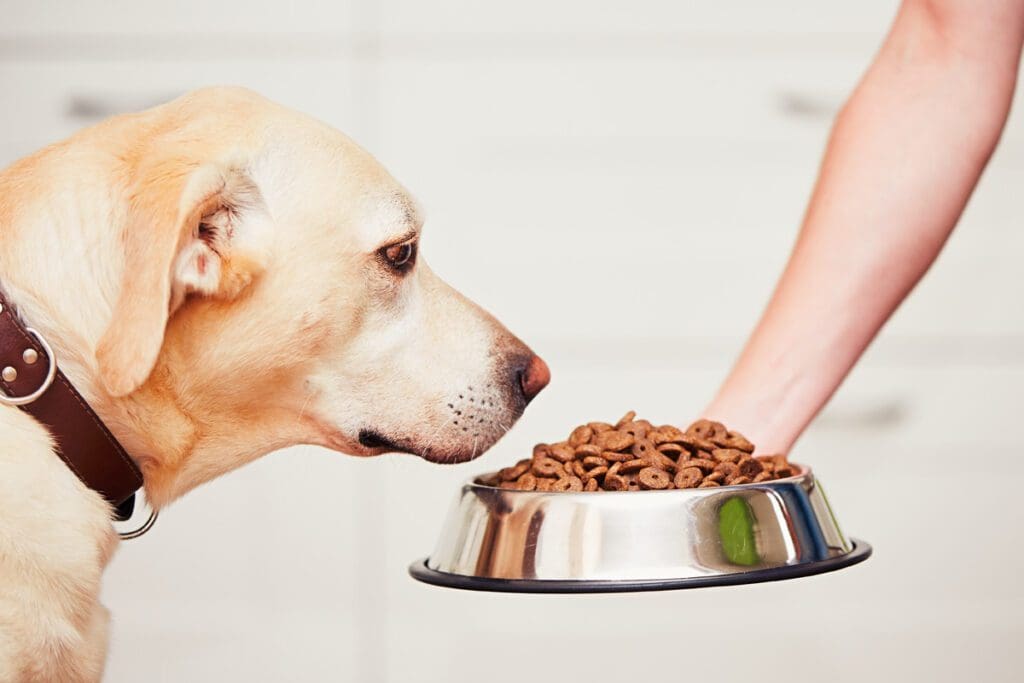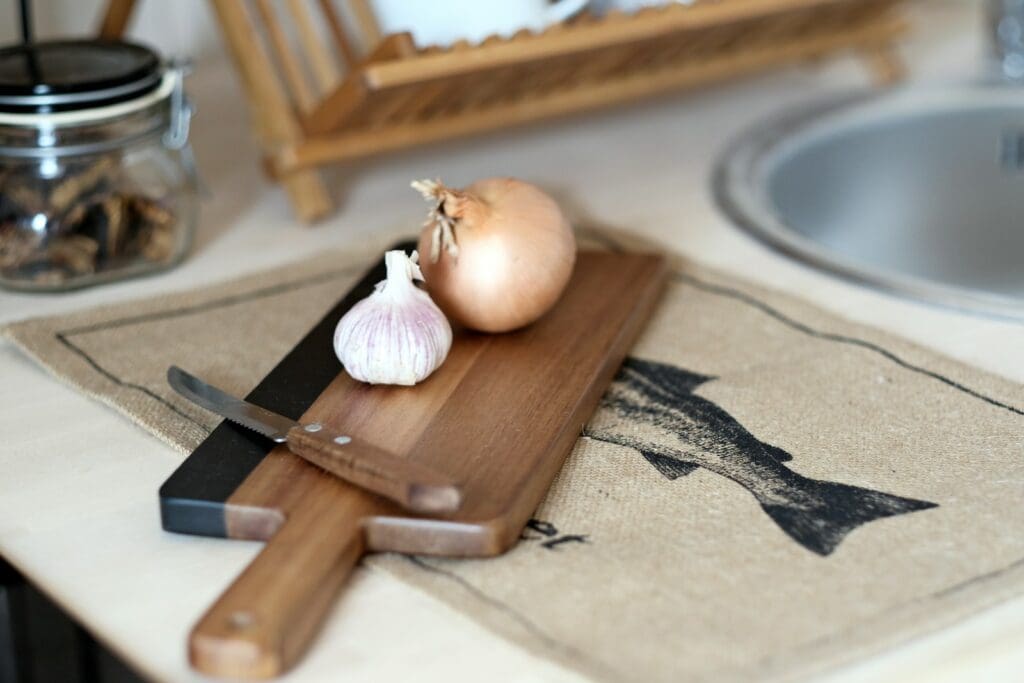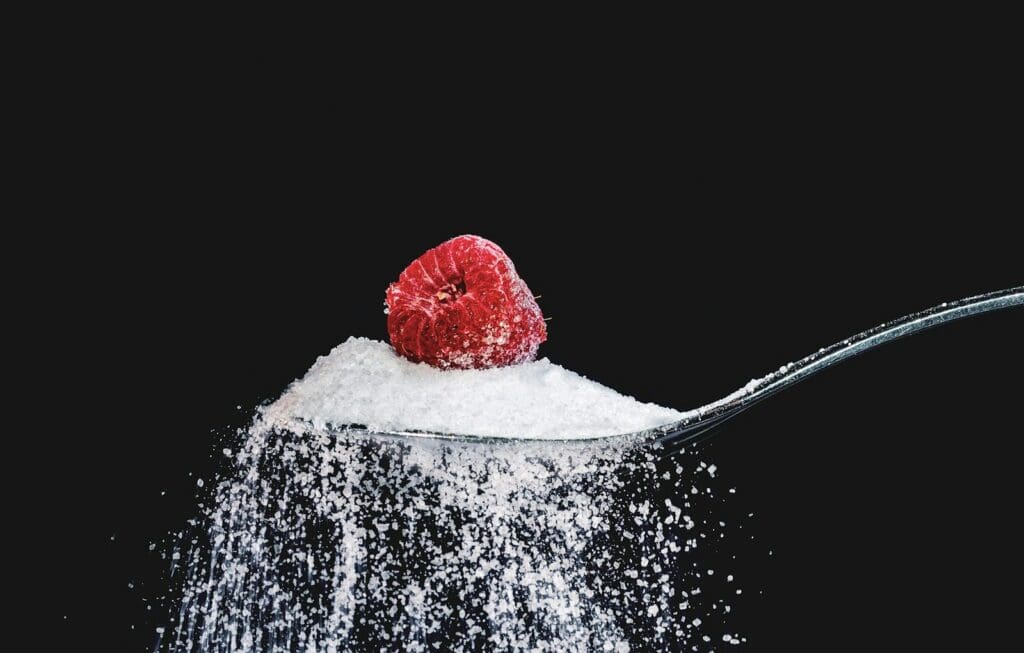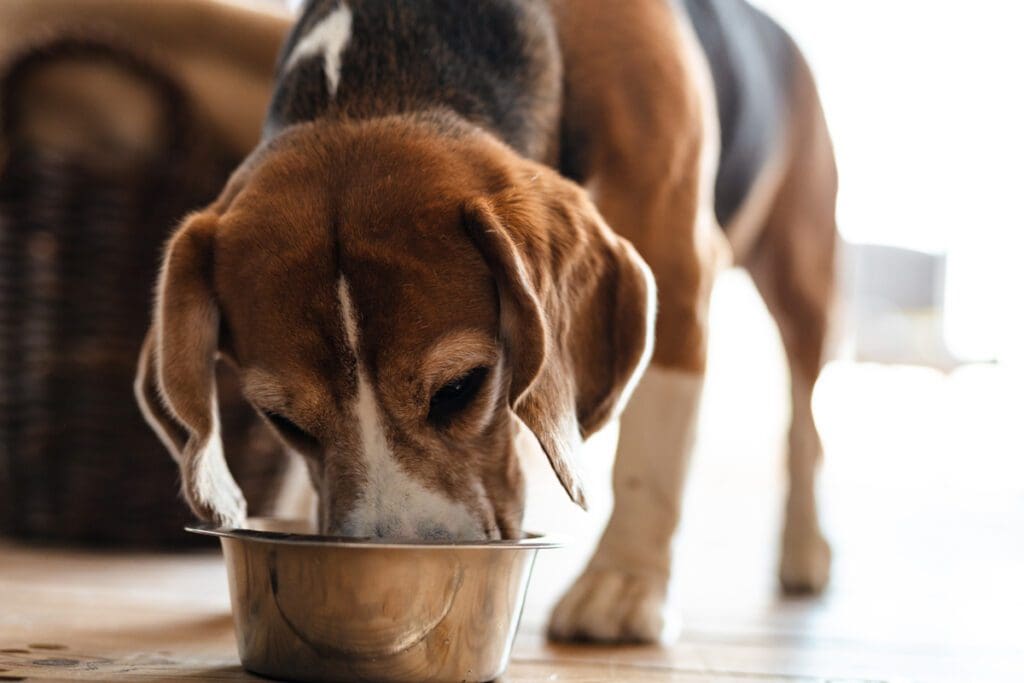Mass-produced dog treats often come loaded with unhealthy ingredients, preservatives, flavors, and colors. If the health of your pet is a primary concern, then making your own dog treats is one way to ensure that the snacks your dog consumes are made of 100 percent healthy ingredients.
Creating homemade dog treats can be a healthier alternative — as long as you’re aware of the crucial precautions first.
Know the Foods That Are Good (and Toxic) for Your Pet

The most important thing you need to know about making your own dog treats is to be aware that certain foods that humans eat can be toxic to dogs, causing temporary or permanent damage, and can even be fatal.
Also make sure to take precautions if your dog is on a special or prescription diet, or has food allergies or sensitivities. Always talk to your veterinarian first. The ingredients of homemade dog treats could negate the effects of these diets or trigger responses.
Not a Cheap DIY

And keep in mind that making your own dog treats isn’t necessarily a way to save money. In fact, it is likely to cost you more than mass-produced products. But hey, we get what we pay for, right?
Why You Might Want to Make Your Own Dog Treats

Many dog treats today vary widely when it comes to nutritional content and quality. The majority of dog treats on the market are loaded with many unnecessary or undesirable ingredients including salt, sugar, preservatives, and artificial flavorings and colors.
Alternatively, preparing your own homemade dog treats offers several advantages. For most, you have control over the ingredients, ensuring that your pup enjoys safe and healthy snacks
However, before you start whipping up batches of homemade goodies, there are essential considerations to keep in mind. If you choose the wrong ingredients, you can seriously harm your furry friend.
Not All Ingredients Are Created Equal

Let’s look at ingredients that can be toxic to your dog, as well as ingredients you should avoid that are simply unnecessary and unhealthy. Next, will give you a list of healthy ingredients you should consider including in your homemade dog treats. Lastly, will offer some advice on keeping track of your dog’s calories so that treats do not override your pooch’s overall nutritional needs and to make sure your dog isn’t consuming too many calories.
Toxic Ingredients to Avoid Including in Your Homemade Dog Treats

When making homemade dog treats, it’s crucial to steer clear of ingredients that can be toxic to dogs:
- Xylitol: This sugar substitute is highly toxic to dogs and can lead to hypoglycemia, seizures, and liver failure.
- Raisins and Grapes: Even small amounts can cause kidney failure in dogs.
- Chocolate: Contains theobromine and caffeine, which can lead to various health issues, including seizures and heart problems.
- Onions and Garlic: These can damage a dog’s red blood cells and lead to anemia.
- Avocado: Contains persin, which can be toxic to dogs in large quantities.
- Bones (especially cooked): Cooked bones can splinter and cause digestive tract injuries.
- Macadamia Nuts: Known to be toxic to dogs, they can cause weakness and vomiting.
Unnecessary and Unhealthy Ingredients to Avoid Including in Homemade Dog Treats

While some ingredients aren’t necessarily toxic but should be avoided or used sparingly in homemade dog treats:
- Salt: High-sodium treats can contribute to sodium ion poisoning and thirst.
- Sugar: Excess sugar can lead to obesity, dental issues, and erratic energy levels.
- Frosting and Icing: These sugary toppings add unnecessary calories and can upset your dog’s stomach.
Healthy Ingredients You Can Include in Homemade Dog Treats

For safe and nutritious homemade dog treats, consider using ingredients like:
- Carrots: Low-calorie and high-fiber, they’re great for teeth and digestion.
- Blueberries: Packed with antioxidants, they make a tasty and nutritious snack.
- Zucchini, Broccoli, Brussels Sprouts: These veggies offer vitamins and fiber.
- Pumpkin: Rich in fiber and can help with digestion.
- Cucumber, Celery, Spinach, Kale: These greens are packed with nutrients.
- Apples (remove seeds): Apples provide vitamins and fiber.
- Unsweetened Applesauce, Peaches, Pears, Strawberries, Bananas: These fruits can add natural sweetness.
Keep Track of Calories

Remember, while homemade dog treats can be healthier, they should still be enjoyed in moderation. Treats should make up no more than 10% of your dog’s daily caloric intake.
To ensure you’re not overfeeding, consider talking to your veterinarian about appropriate treat portions based on your dog’s size, age, and activity level.
Final Thoughts

Making homemade dog treats can be a rewarding way to pamper your four-legged friend. Just remember to prioritize your dog’s health and safety by avoiding toxic ingredients, unnecessary additives, and excessive calories.
With the right ingredients and portion control, you can provide your dog with delicious and nutritious homemade treats that enhance their well-being and happiness.






